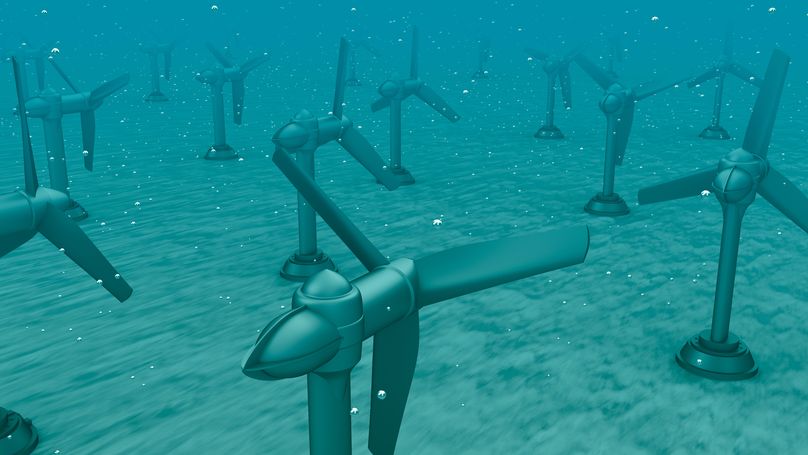Wind and solar generation have reached a point where costs are now competitive with other forms of electricity generation without the need for any subsidy.
Hydro is a well-developed technology but tidal is new and projects such as that at MeyGen between Caithness andOrkney represent major progress.
Floating offshore wind has also made strong progress – Hywind Scotland’s 30MW project off Peterhead delivered a capacity factor of 53% in 2018, far outstripping the UK wind average of 37%.
Another development has been the growth in high income investment funds or “yieldcos” which are buying completed projects across the UK.
Looking forward, the impact of pension law changes requiring trustees to take greater account of Environment, Socialand Governance (ESG) factors may lead to more widespread investment at an institutional level.
This should create a perfect environment for the development of larger wind and solar projects, but we see one issue emerging. As more unsubsidised schemes emerge, the market starts to become dominated by assets with near-zero marginal costs of production, lowering market prices at times of low demand and high renewable production. In other words, with renewable energy so cheap to run, the financial returns for institutional investors may prove unattractive.
Projects supported by FiT and CfD will be immune to this thanks to the design of their subsidy schemes, but other projects will need to find solutions to mitigate this market risk. Fortunately, a number of solutions exist.
Combining projects with storage, either through coownership or contractually, will allow production to be sold when demand is high.
Integrating with demand also provides protection. The growth in private power purchase agreements is symptomatic of this and one of the key groups of emerging buyers has been data centres.
It is perhaps not surprising that the MeyGen tidal energy project has announced plans to overcome weak subsidy support and create the world’s largest ocean-powered data centre in Caithness.
